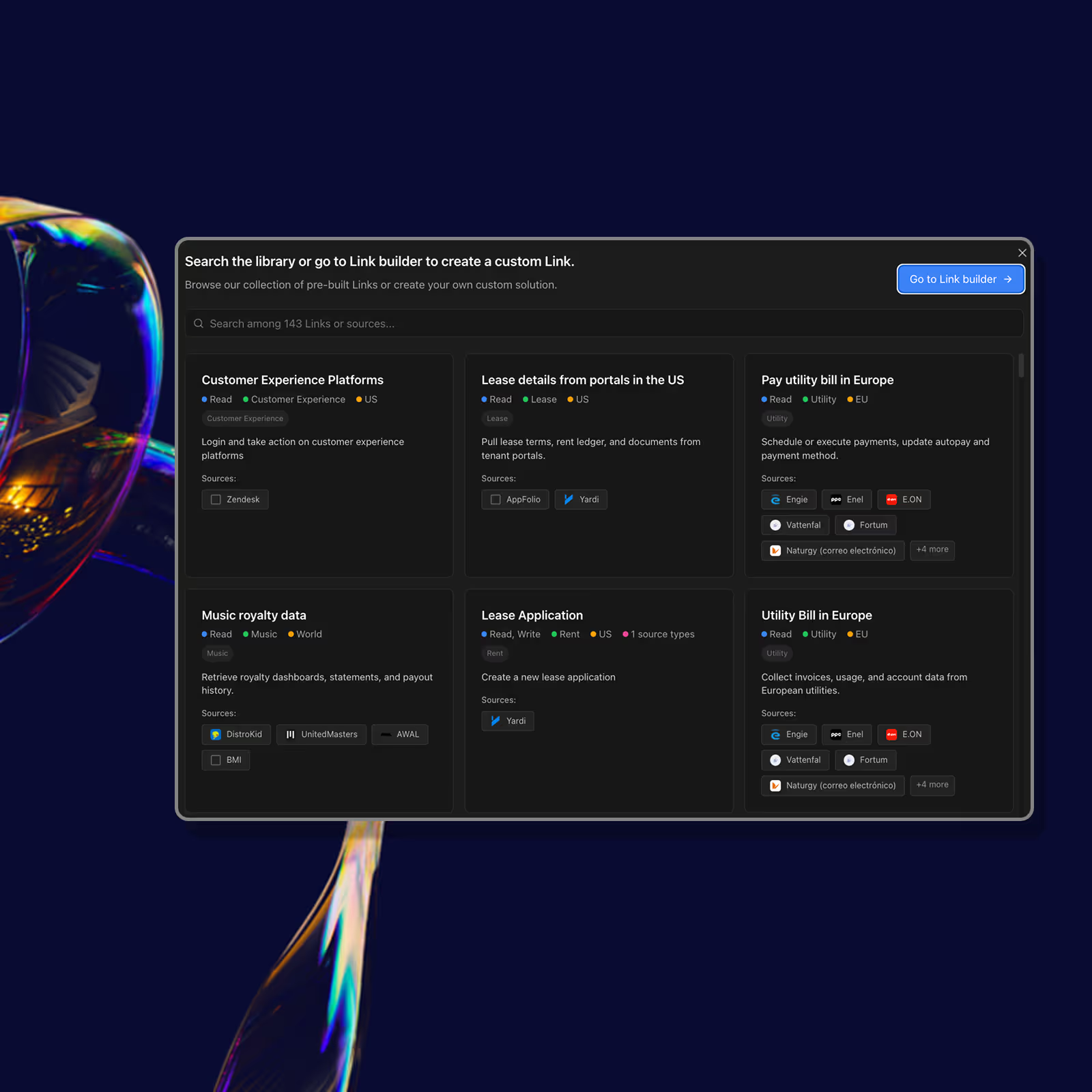Unlock financing for your customers with Kanmon
Kanmon is an embedded lending platform for vertical SaaS businesses, marketplaces, and financial institutions to provide fully-regulated working capital loans to the end-merchants or SMBs they service directly. Using Kanmon, partner platforms are able to generate ancillary revenue streams, improve their service offering thus boosting retention & NPS, and abstract away any complexity or overhead associated with managing a lending program. Kanmon was founded in 2021 by Mengxi Lu & Rohit Sharma and has raised from Bessemer Venture Partners, Infinity Ventures, Inspired Capital, Homebrew, and others.
Tell us a bit about yourself. What was your ah-ha moment that made you start Kanmon?
Hi, I'm Mengxi Lu, co-founder of Kanmon. I've been in the fintech world for a while, got my fair share of grey hairs from scaling two consumer lending companies from the ground up. Lending is a market that is even larger than equity, but it's tough to build a strong distribution and data edge, which makes scaling a real challenge. Meanwhile, software companies are stepping into lending. Just to name a few: Shopify Capital originated over $6 billion in loans since the inception, and analysts predict that the capital program will be Toast’s biggest revenue driver in the next three years.
My co-founder Rohit and I saw this as a new paradigm shift. We've been developing our "embedded lending" concept for a while (starting from snagging the embeddedlending.com domain!). Kanmon is the culmination of our years of work and our big bet on this massive market in financial services.
Who is using Kanmon and what are the benefits they are getting?
Kanmon operates in four key markets: vertical SaaS, marketplaces, neobanks, and B2B payments companies. We offer a flexible and modularized solution that enables companies like FIS, SPS Commerce, Nuvei, TikTok Shop, Pingpong, NorthOne, etc. to launch customized financing products for their business customers in just a few weeks. This helps them generate new revenue streams, increase average revenue per user (ARPU), and improve customer retention.
Why is Kanmon different from the other players in the embedded lending space?
There are a few factors that distinguish Kanmon from other players in this space. We believe our partners' feedback speaks for itself. Here are some common themes we've heard:
- Team: the entire founding team of Kanmon has extensive experience in building commercial credit software and scale lending businesses. We always approach potential customers as external consultants to build a trusting relationship and true partnership.
- Product: our product demo has been a key factor in winning competitive deals and RFPs. When we showcase Kanmon's modular architecture, frictionless UX, and flexible program configuration, it really creates the "aha" moment for our partners.
What has been the biggest surprise or learning to-date that you didn't anticipate?
Whether you are selling to banks, fintechs, or non-fintech companies looking to launch financial services, it is incredibly hard to beat the trust bar in B2B fintech sales, and signing the contract is the just starting point of the long-term relationship. Our partners work with us to introduce a new line of business, which is a significant strategic decision and requires buy-ins from multiple stakeholders. To ensure that embedded lending is a crucial component of their core strategy, we always need to establish multi-threaded relationships with our partners very early in the sales cycle. Sometimes we have to intentionally introduce some “frictions” at the top of the funnel to ensure our partners are committed to the embedded lending strategy, and it is not just a side project managed by a siloed team. Each partnership is unique in its own way, and it is crucial to have a long-term perspective.
We have make a few mistakes until we finally figure out the right engagement model with our partners. For instance, we used to focus on the sales cycle and allow a “no-code” way to integrate with Kanmon, but it was so “easy” that certain partners just launched it without getting other teams involved. As a result, we were able to close the deals fast but couldn’t hit the success metrics and revenue targets.
How have your investors been the most helpful?
The Infinity team has been instrumental in our journey thus far. They have opened doors for us, referred critical hires, and have even been there to bounce ideas with me at midnight. We are helping our partners launch a new line of business, which means each deal could have its own commercial terms to align different incentives. The Infinity team’s strong background in business development and corporate development has been extremely helpful in helping us think through those complicated commercial strategies. They are truly part of our team.
What's in store for the future of Kanmon and embedded lending more broadly?
Embedded lending is shaking up the commercial credit scene, much like non-bank fintech lenders did back in the late 2000s. Big names like Shopify, Flexport, Toast, and Square have already set up their own large-scale, in-house lending programs. But even with these successes, embedded lending is still at its earliest stage as a capability provider.
Embedded lending needs to deliver real enterprise value to stay relevant. It is exciting to see more and more vertical software and marketplaces are incorporating a multi-product, multi-monetization strategy to drive revenue expansion. Embedded lending will become a critical part of their growth playbook, similar to how payments was adopted in the last decade. We are just getting started!








